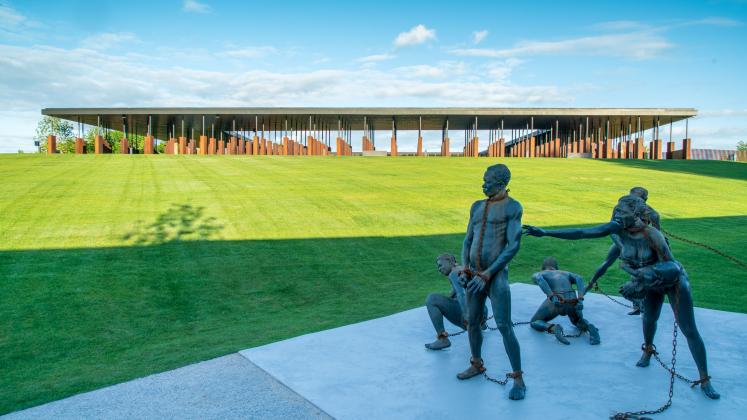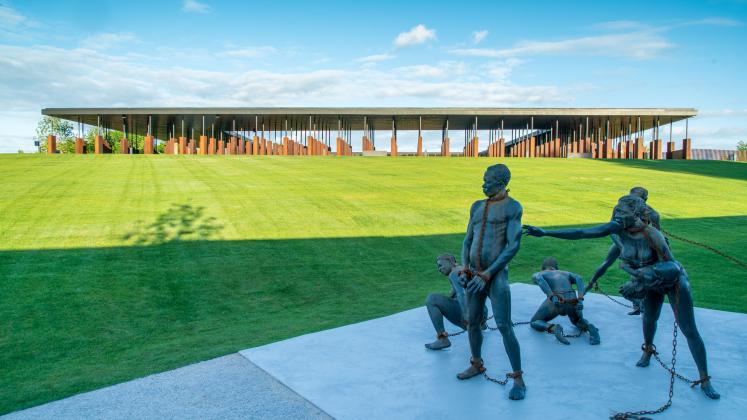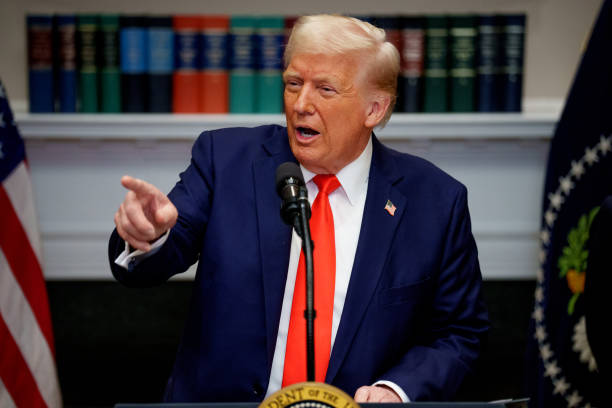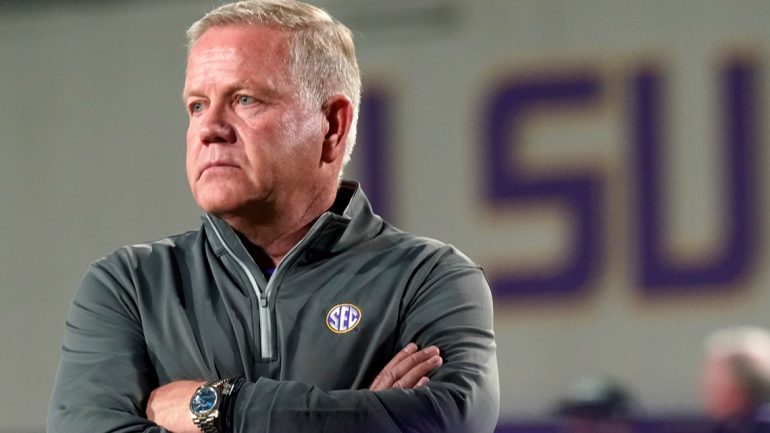-
 play_arrow
play_arrow
Praise 24/7 NO Today's Best Gospel
National Memorial for Peace and Justice: Confronting America’s Unresolved Legacy of Racial Terror.

(ThyBlackMan.com) In many ways our nation has changed, but it hasn’t changed. When the National Memorial for Peace and Justice, informally known as the National Lynching Memorial, opened in Montgomery, Alabama, it was to commemorate the Black victims of lynching in the United States. Its focus was to acknowledge past racial terrorism and advocate for social justice throughout our nation. Symbolically placed on high ground overlooking the city, it is located approximately a mile from the state capitol building and the city’s overabundance of Confederate statues.

The powerful museum explains lynching as a direct legacy of slavery and a way of enforcing white supremacy. Lynching often involved amputations, mutilation, torture and castration. The bodies were publically lifted up and displayed in full view because they wanted to intimidate and traumatize Black communities. The spilling of innocent blood is their legacy which was tolerated and often aided by law enforcement and elected officials. Exhibits explore a consistent history of violence and control over Black Americans. More than 4,400 Black people were killed in racial terror lynching between 1877 and 1950. They are remembered having their names engraved on more than 800 monuments – one for each county where a lynching took place. As this memorial confronts the shameful history of racial terror, it also reminds us that this legacy of fear and trauma continues today by way of unjust killings of Black people at the hands of law enforcement.
George Wallace once occupied the Alabama state capitol as governor. His idle words would eventually become deadly. He provoked public violence in the south where people were inspired to put violent action behind their personal feelings of resentment and rage. Many of Wallace’s speeches were rallying cries which indirectly motivated acts of domestic terror, harassment and even murder. During the same year as his infamous “segregation now” speech, Wallace in a newspaper interview, said he believed Alabama needed a “few first-class funerals” to stop racial integration. One week later, four young girls were killed and over 20 others were injured in a bombing at the 16th Street Baptist Church in downtown Birmingham. Martin Luther King later informed Wallace that “the blood of four little children….is on your hands. Your irresponsible and misguided actions have created in Birmingham and Alabama the atmosphere that has induced continued violence and now murder.”
Wallace changed, but he didn’t change. In his case, while campaigning for president in Maryland, Wallace was shot as part of an assassination attempt leaving him permanently paralyzed. Being bound to a wheelchair can make a person humble. Each person is ultimately held accountable for their actions. A contrite Wallace met with various civil rights activists and addressed Black congregations to personally ask for their forgiveness. While speaking before a Black church in Montgomery, Wallace showed that a man can change his ways. “I think I can understand some of the pain that Black people have come to endure,” he said. “I know I contributed to that pain, and I can only ask for your forgiveness.” In Wallace’s public campaign for forgiveness, John Lewis said that while he could never forget the hatred Wallace unleashed and his “political opportunism” he could forgive him. “George Wallace should be remembered for his capacity to change,” Lewis wrote years later in The New York Times. “And we are better as a nation because of our capacity to forgive and to acknowledge that our political leaders are human and largely a reflection of the social currents in the river of history.” The forgiveness helps to address the personal and community trauma, but did Wallace go far enough?
History makes it clear that Wallace, who once had Ku Klux Khan members for advisors, went to the Black community for their forgiveness. It is not clear what message a contrite Wallace had for the white church and community. As Wallace went to Black congregations for forgiveness, did he return to white congregation with a message of racial reconciliation? Did he ask for forgiveness from the white church and community for perpetuating their racial hatred toward Blacks for his political gain? Did he challenge the white power structure to change? The oppressed can forgive, but can the oppressors repent? The forgiveness by members of one community is only part of the equation if we are to see a true end to America’s legacy of lynching. Forgiveness is really the second part. The first and critical half is the repentance by specific members of the white church and community who still uphold this legacy of white supremacy and the lack of value for a Black life. Wallace changed, but he didn’t change enough to boldly correct to his counterparts. Today, the Black community is still paying a heavy price as a community as whites fail to boldly confront their counterparts. This out of control legacy of lynching is one of the root causes behind our police misconduct problem.
Finish story here; National Memorial for Peace and Justice: Confronting America’s Unresolved Legacy of Racial Terror.
Written by: Black Gospel Radio
Similar posts
-

Praise 24/7 Commercial Free
For every Show page the timetable is auomatically generated from the schedule, and you can set automatic carousels of Podcasts, Articles and Charts by simply choosing a category. Curabitur id lacus felis. Sed justo mauris, auctor eget tellus nec, pellentesque varius mauris. Sed eu congue nulla, et tincidunt justo. Aliquam semper faucibus odio id varius. Suspendisse varius laoreet sodales.
close Top popular

The Science of Happiness – Exploring Factors for Well-Being

Balancing Act: Prioritizing Your Well-Being in a Busy World

Overcoming Procrastination – Strategies for Productivity and Success

Unlocking Hidden Potential – A Guide to Personal Growth

Mindful Living – Cultivating Presence in the Modern Era

CONTACT US
- info@praise247no.com
FOLLOW US
- Praise247NO
- Praise247NO
- Praise247NO
Copyright 2024 Praise247no.com - All Rights Reserved.




Post comments (0)